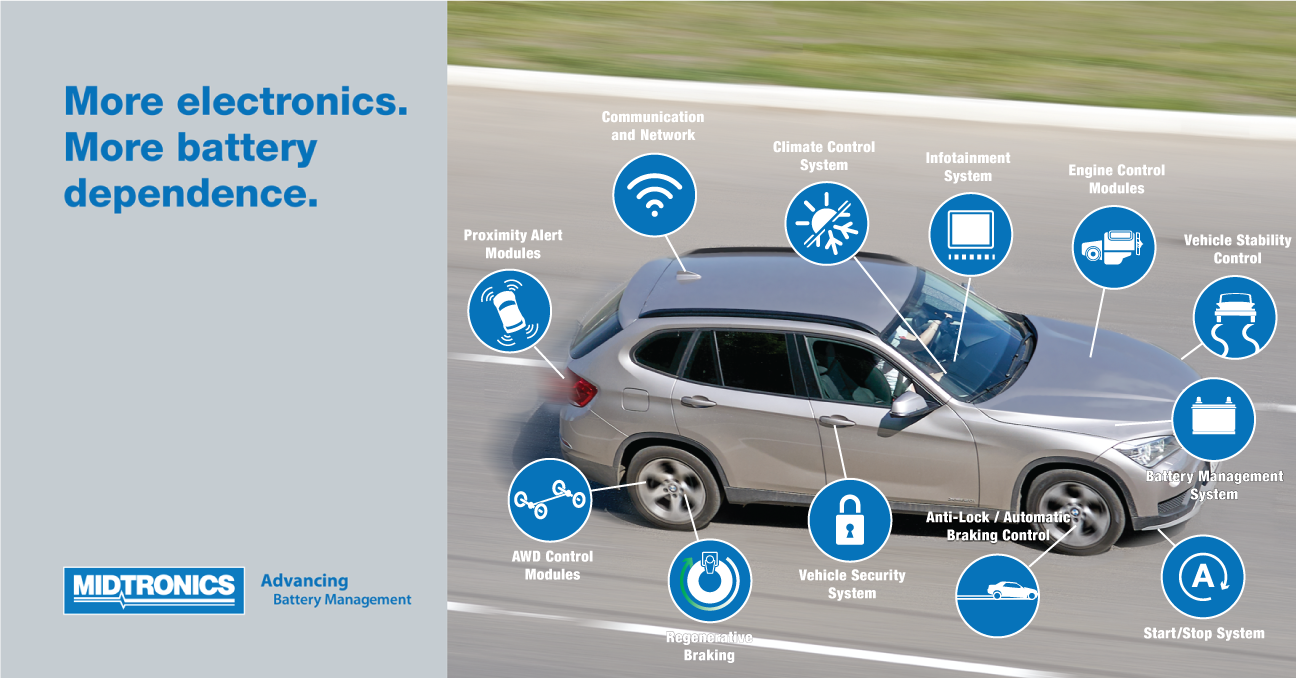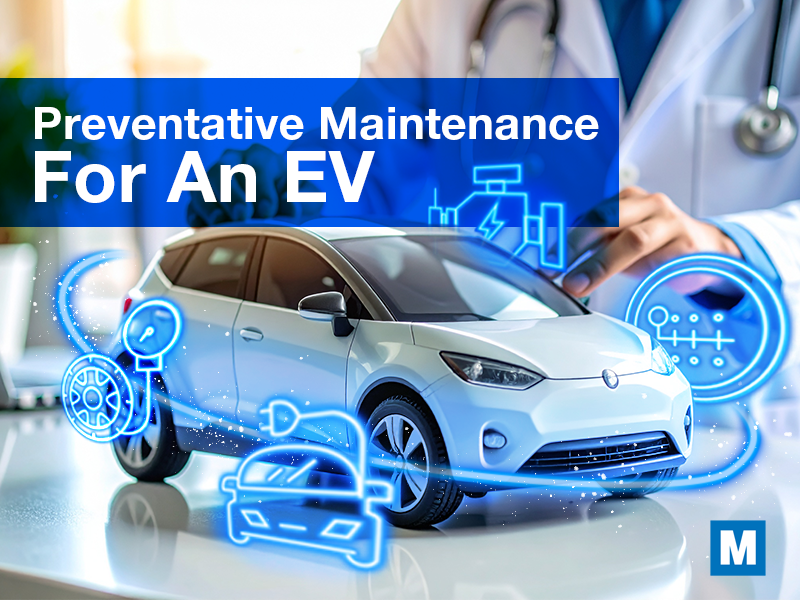Vehicle electrification isn’t just about electric vehicles (EVs).
The mandates for fuel efficiency and consumers demanding more features is increasing battery performance requirements, which leads to the concept of vehicle electrification across all new vehicles, not just EVs.
The new performance requirements equate to new battery failures. In today’s world the battery must not only have strong cranking capability (cranking health or CCA), but it must be able to support small loads over time (reserve capacity), and quickly and effectively accept charge when needed (charge acceptance).
On older vehicles, the primary purpose of the battery was to provide hundreds of amps needed to crank the engine and then let the engine’s power drive all the other electrical needs. The alternator was designed to fully recharge the battery, to ensure it’s ready to start your engine again. But for a battery in today’s vehicles, it isn’t as straightforward.
Gone are the days where you could literally hear the battery failing over time, before your car doesn’t start. The battery relies on the power management system to charge the battery back to a full state of charge while driving. However, with the additional loads being placed on the battery, it may discharge faster than it should (per the battery’s reserve capacity specification) and thus not returning to a full state of charge prior to the next starting event, regardless of its cranking health. Similarly, if the battery doesn’t accept charge at its specified rate, the battery may not return to the correct state of charge during normal use.
Depending on the vehicle, the examples described above could cause a multitude of performance issues: the start/stop functionality could turn off to preserve battery energy, the vehicle’s fuel efficiency may be reduced, the battery could degrade at an expedited rate, and it could even lead to no-start situations.
Automotive batteries today need to support more than just cranking (CCA). They must effectively support small loads over time (reserve capacity), and they must quickly and effectively accept charge when needed (charge acceptance).
If you are a battery service provider, it is vital your diagnostic equipment considers these performance requirements when evaluating the battery’s health. Your customers are depending on it.




